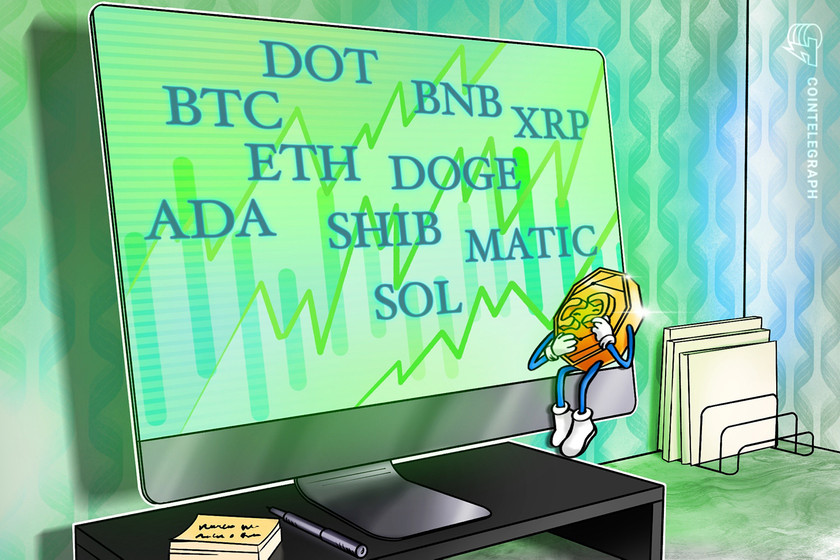Ripple’s allies expand: Coinbase files amicus brief in fight against SEC


Crypto exchange Coinbase has filed documentation asking permission to help Ripple Labs in its ongoing legal battle with the SEC.
United States-based crypto exchange Coinbase has become the latest organization to stand behind Ripple Labs in its legal battle against the Securities and Exchange Commission (SEC), which could wrap up as soon as the first half of 2023.
Coinbase’s chief legal officer, Paul Grewal, said in a series of tweets on Oct. 31 that the exchange had asked the presiding judge for permission to file an amicus brief, saying the case was a “textbook” definition of “just how critical fair notice is.”
Earlier today, @coinbase asked Judge Torres for permission to file an amicus brief in the SEC case over XRP. Our point in pretty simple: this is a textbook case of just how critical fair notice is any reasonable notice of due process under law. 1/3 pic.twitter.com/qhSSGrNgJK
— paulgrewal.eth (@iampaulgrewal) October 31, 2022
An amicus brief, known as a “friend of the court,” is a legal document containing advice or information relating to a court case from an organization or individual that is not directly involved in the case.
Grewal added that a fundamental protection under the U.S. Constitution is that authorities can’t “condemn conduct as a violation of law without providing fair notice that the conduct is illegal.”
“By suing sellers of XRP tokens after making public statements signaling that those transactions were lawful, the SEC has lost sight of this bedrock principle,” he added.
If approved, Coinbase will join the ranks of the non-profit organization Investor Choice Advocates Network and crypto mobile app SpendTheBits which were granted permission to file amicus briefs in October.
Related: ‘Well worth the fight’ — Ripple counsel confirms Hinman docs are in their hands
The filing also comes on the same day cryptocurrency lawyer John Deaton filed a motion seeking permission to submit an amicus brief on behalf of the XRP “decentralized community,” along with briefs submitted by crypto advocacy body the Crypto Council for Innovation and venture capital firm Valhil Capital.
It also follows days after crypto advocacy group the Blockchain Association also announced its support for Ripple on Oct. 28 by announcing it had filed its own amicus brief, noting that SEC chairman Gary Gensler’s views on securities laws could have “devastating effects” on the space.
Ripple Labs has been caught up in a nearly two-year-long legal saga with the SEC that regards the sale of its XRP (XRP) tokens as unregistered securities sales.
Ripple CEO Brad Garlinghouse on an Oct. 11 panel at DC Fintech Week said he thinks the case could be wrapped up by the half of 2023 but admitted it would be hard to predict an exact end date.
Update (Nov. 1, 5:55 am UTC): Added information regarding further amicus briefs submitted supporting Ripple Labs.























































